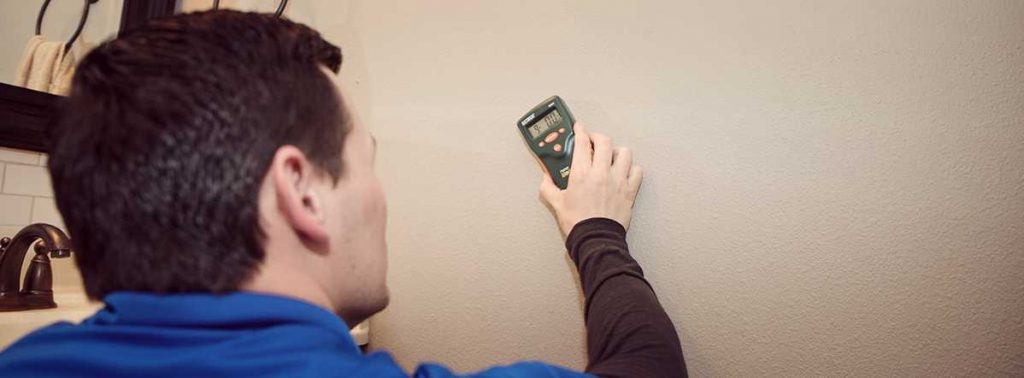It may surprise you to learn that you shouldn’t reach for bleach when trying to kill small amounts of household mold. This probably sounds strange after years of people using bleach to kill just about everything, but using bleach to kill mold is outdated information and not effective.
Mold has roots that are called hyphae. These roots can make their way into the interior of porous surfaces, such as drywall and wood. Bleach’s ion structure stops chlorine from penetrating these types of surfaces. So when you spray bleach on the mold you see under your kitchen sink, the water part of the solution soaks through, but the chemicals are going to stay on top of the surface. Meaning you are leaving the mold roots still alive and your mold problem will continue to return. Not to mention that bleach can give off harsh and dangerous fumes, which is something you don’t want.
Instead of using a dangerous and ineffective chemical like bleach, open the kitchen cabinet and grab your distilled white vinegar. Distilled white vinegar does penetrate porous surfaces and kills mold naturally which reduces your mold remediation cost. It is something most of us already have in the house and if you don’t it only costs about $3.50 for a gallon jug at the store. You can use a spray bottle or a rag. No need to dilute. Just spray the distilled white vinegar on your kitchen cabinets, under the kitchen or bathroom sink, on the window sills, or anywhere in your home that you see small amounts of mold. You are not only killing the mold on the surface, but you are also killing it at its root, which is the key to not having it come back.
Don’t forget that in addition to killing the mold you can see, you want to find the source of your problem, which is moisture. You don’t want to put a band-aide on the situation by using a temporary solution, like bleach. Check that your windows are sealed properly and make sure they don’t have constant condensation building up on the inside of the window pane.
If they are sealed properly and are still condensating heavily, then it might be time to look into replacing the old windows. Make sure when taking a shower, or bath, you have the exhaust fan running, a window open, or the bathroom door open, to keep the humidity and moisture down. Make sure there are no plumbing leaks under your sinks and that your home, in general, is getting the proper air flow. Humidity in the home should be as low as possible.
Don’t give mold the tools it needs to grow. But if you do find small amounts, reach for the vinegar, not the bleach. And always remember that Dog Gone Mold is only a phone call away to help you with all of your air quality and mold related needs.
